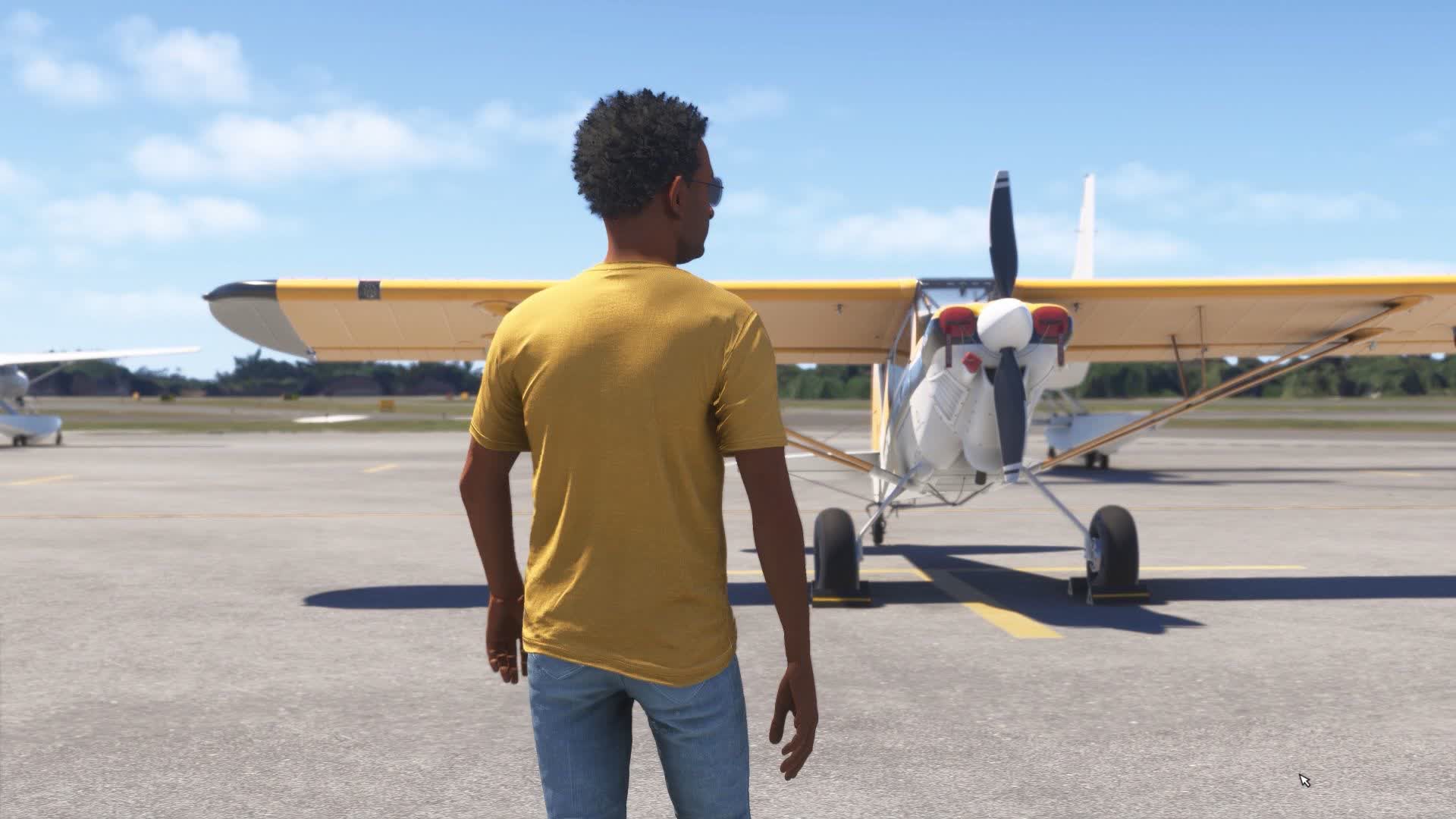Microsoft Flight Simulator 2024 looks even more stunning, dramatically reduces storage requirements

Something to look forward to: Microsoft and Asobo Studio have started providing in-depth details on what is arguably Microsoft Flight Simulator 2024’s most intriguing addition: a career mode. In a new preview, the companies also cover various technical upgrades to the game and reveal some surprisingly reasonable system requirements.
Pre-orders are now open for Microsoft Flight Simulator 2024 on Xbox and the Microsoft Store, with a Steam page likely to follow soon. Additionally, the full system requirements are now available, revealing a game that is modestly more demanding than its 2020 predecessor with a significantly reduced SSD footprint.
During a June deep-dive presentation, Asobo said it wanted Flight Simulator 2024 to maintain minimum system requirements identical to the previous title. While the final spec sheet the company shared on Thursday doesn’t quite hit that mark, it lands fairly close.
Click to enlarge
The recommended specs for Flight Simulator 2020 have now become the minimum for the sequel – 16 GB of system memory paired with an AMD Radeon RX 5700 or Nvidia GeForce GTX 970 with 4 GB of video memory.
Meanwhile, the “ideal” specs for the older game have shifted to the recommended tier for Flight Simulator 2024 – 32 GB of RAM with a Radeon RX 5700 XT or RTX 2080 and 8 GB of VRAM.
For maximum performance in the new entry, Asobo recommends mid-range Zen 4 or Raptor Lake Refresh CPUs, an RX 7900 XT or RTX 4080, 12 GB of VRAM, and 64 GB of system RAM. The new tier likely reflects the addition of ray tracing.
Despite the unheard-of recommendation for 64 GB of RAM, users will likely appreciate seeing the storage requirement plummet from 150 GB to 50. Asobo confirmed that the initial download is only 30 GB.
Comparison of the same location in Microsoft Flight Simulator 2020 (top) and 2024 (bottom). Image credit: FSElite
The catch is that Flight Simulator 2024 will stream content from the cloud according to each player’s in-game location. As a result, the system requirements include internet bandwidth: a minimum of 10 Mbps is required, while Asobo recommends 50 Mbps, and ideal conditions call for 100 Mbps.
Both Flight Simulator 2020 and 2024 require an internet connection because they enable players to traverse every square kilometer of Earth at a life-sized scale. However, the new title shifts the data burden from users’ SSDs to the cloud, only downloading and caching assets relevant to the selected region. Flight Simulator 2024 also streams DLC packages and purchased content, which could consume up to 2 TB in the previous version.
All environment assets have been updated with increased detail and a more advanced terrain generation system. Furthermore, different types of terrain can affect a plane’s landing gear, leaving dirt and impacting controls through a new physics system.
Microsoft and Asobo have also detailed the new career mode. Players can start from any airport on the planet, where they will receive initial flight lessons and earn money through various jobs. After purchasing and passing enough exams, players can eventually run their own airlines and manage fleets.
Flying also incorporates a new preflight check system involving on-foot inspections, weather planning, and mission briefings. A new competition mode will feature weekly challenges, while a world photography mode allows players to snap pictures of landmarks and wildlife across the planet, from the air or on the ground.
Microsoft Flight Simulator 2024 will be available on Xbox Series consoles, the Microsoft Store, and Steam on November 19. Microsoft and Asobo will continue to support the 2020 edition, and almost all purchases will carry over to the sequel.
 Print
Print






